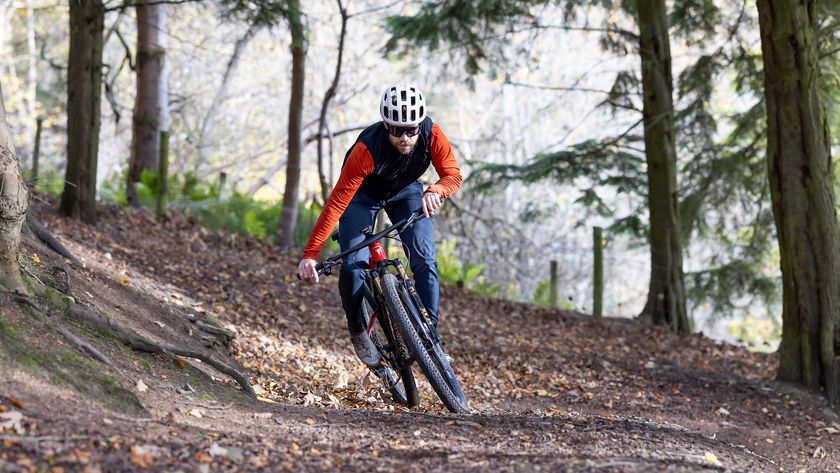How to adjust a bike's hydraulic disc brakes and prevent brake rub
Annoying brake rub can really ruin a mountain bike ride, fortunately it's a simple fix to get them running quietly again
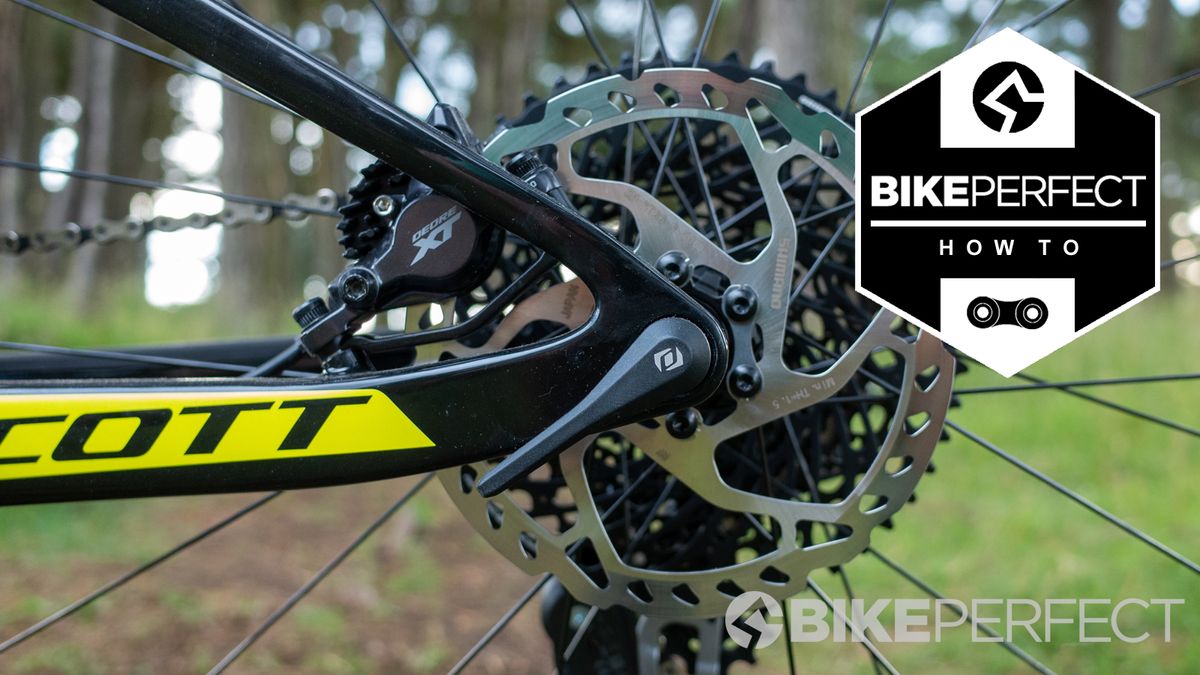
If everything is set up correctly on even the best mountain bike brakes, a well-tuned set of brakes should not make any noise. However, one of the most common noises that might come from your brakes is a metallic scraping sound. That’s the sound of a disc brake rotor rubbing against the pads. You can tell that the rotor is rubbing if you spin the wheel and it slows down drastically without you engaging the brake lever. You may be able to actually feel the brake rub when you ride, depending on how severe it is.
Diagnosing the noise
Adjusting the postion of your disc brake is a simple process, but let’s first review how your bike’s hydraulic disc brake system works. The brake lever configuration on the handlebars has a reservoir for the hydraulic brake fluid that travels through the brake lines. When you engage the lever, the fluid pushes through the lines to the caliper.
The caliper houses pistons and brake pads. The fluid pushes the pistons, which in turn pushes the brake pads together. The pads squeeze the rotor, which is how you slow down.
Firstly you need to determine what is causing your rotor to rub on the pads. Spin the wheel and look at the gap inside the brake caliper between pad and rotor. If you can see the rotor is constantly rubbing, then you will need to realign the caliper. If the disk has a distinctive bend or wobble that catches as the wheel spins, then you'll need to straighten the disk.
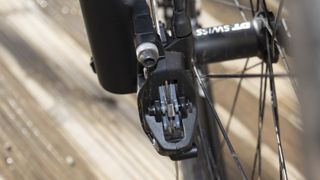
Realign the caliper
To realign the caliper and stop the brake from rubbing, loosen the two caliper mounting bolts, then firmly pull the brake lever. Since the bolts are loose, this will center the caliper. While holding the lever in tight, re-tighten the mounting bolts.
Give the wheel a spin to see if the brake still rubs. If it is, repeat the loosen-retighten process again, or you can fine-tune the caliper alignment by loosening one bolt at a time. Spin the wheel and gently adjust the caliper by hand (push the caliper in the direction that will eliminate rubbing), and retighten the bolt.
If there is still rubbing after completing this process, there may be a bigger issue. Make sure the rotor’s mounting bolts are properly tightened and that there is no play in the wheel’s hub. If either of these is loose, that may contribute to rubbing.
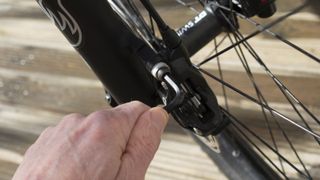
Straightening a rotor
Disk rotors are designed to be very strong in a vertical plane, however even light impacts horizontally can bend a rotor enough to rub. Crashing is often the primary cause although impacts from trail debris or a simply bump when the bike is leaned outside a cafe or in a bike rack will do it.
A rotor truing tool will make the job a lot easier, an adjustable spanner works well too and if you are in a squeeze a rotor can be carefully bent back by hand. Whether you use a tool or not, the most important thing to remember when dealing with a rotors is that whatever touches the braking surface should be as clean as possible.
Truing a rotor is simple case of locating the point that rubs and determining the direction it needs to be trued to stop it rubbing. Once identified, gently bend the rotor back. Repeat this process until the rotor no longer rubs. Repeated gentle bends should stop you bending the rotor too far in the opposite direction and creating more problems.
If it proves impossible to true your rotor or you've completely spangled bit in a crash, you'll need a buy a replacement. If it's a more basic version, have a look at our guide to the best mountain bike disc rotors and consider upgrading to a more efficient model.
And if you're having problems with your gears, you might wish to take a look at our guide to adjusting mountain bike shifting.
Ryan Simonovich has been riding and racing for nearly a decade. He got his start as a cross-country mountain bike racer in California, where he cultivated his love for riding all types of bikes. Ryan eventually gravitated toward enduro and downhill racing but has also been found in the occasional road and cyclo-cross events. Today, he regularly rides the trails of Durango, Colorado, and is aiming to make a career out of chronicling the sport of cycling.
Rides: Santa Cruz Hightower, Specialized Tarmac SL4
- Rich OwenEditor, BikePerfect
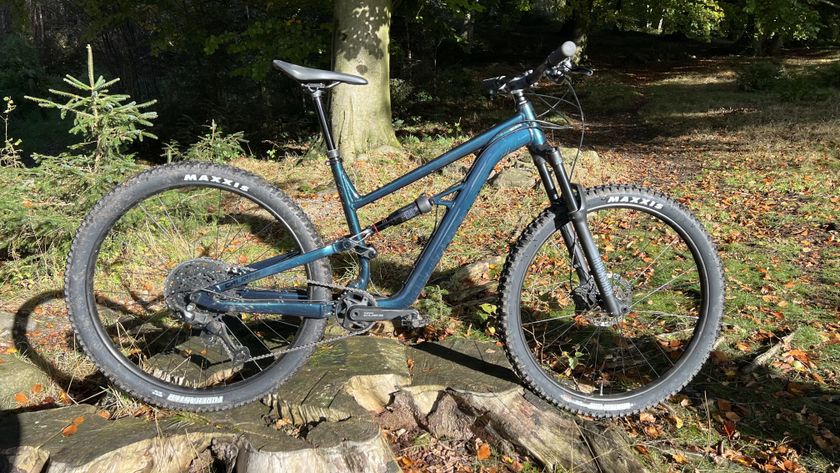
Don't buy a budget hardtail! The full-sus Calibre Bossnut is the best-value MTB right now with a massive £500 price cut in this Black Friday MTB deal
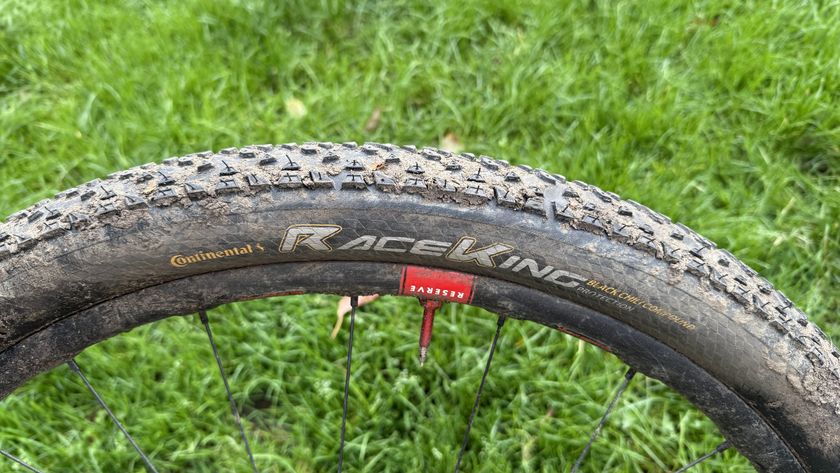
Continental’s Olympic and World Championship XC winning Race King Protection is the fastest rolling MTB tire I’ve ever ridden, but it’s not for the nervous
Most Popular







